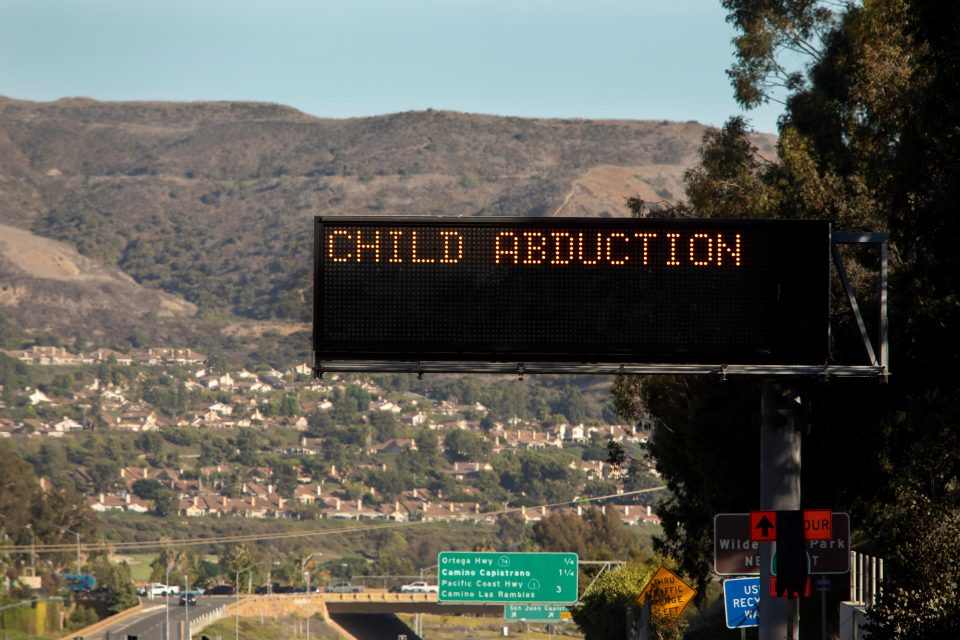
California Gov. Gavin Newsom, who recently appointed Laphonza Butler to fill the late Sen. Dianne Feinstein’s unexpired U.S. Senate term, has signed state Senate Bill 673 into state law, effective Jan. 1, 2024. It is partly a response to a two-year study by the Congressional Black Caucus Foundation, which found that 40 percent of sex trafficking victims across the country were identified as Black women.
It’s a common perception: When a Black individual goes missing, they seldom receive the same kind of media attention as a White person, especially if the missing person is a White woman. California has taken an innovative step to address this.
Recognizing the “severe racial disparities” in the approaches toward finding missing Blacks and Whites, the Golden State has become the first in the nation to create an “Ebony Alert.” This system is designed to function similarly to the AMBER alerts that appear on cell phones. However, the Ebony Alert will specifically address the crisis of missing Black youth and women.
Here’s how the Ebony Alert is intended to work: When a Black youth goes missing, local law enforcement in their area notifies the California Highway Patrol (CHP). The CHP then disseminates the notification on electronic highway signs and promotes using radio, TV, social media, and other platforms to spread the word.
The Ebony Alert will be applied to missing Black individuals between 12 and 25. The law primarily aims to protect Black women and girls, a demographic recognized as being “at increased risk of being harmed.” It also seeks to improve the categorization of missing Black children.
In many cases, these children are labeled as “runaways.” The bill notes that this label is significant because a runaway doesn’t receive the same media attention as a non-runaway. This creates a “legal loophole” where police might delay their response or investigation, often during the crucial hours when the missing person is most likely to be found. The bill acknowledges that “Black missing children are disproportionately classified as ‘runaways’ compared to their White counterparts and do not receive the AMBER Alert. This means that fewer resources are dedicated to the safe return of Black children.”








